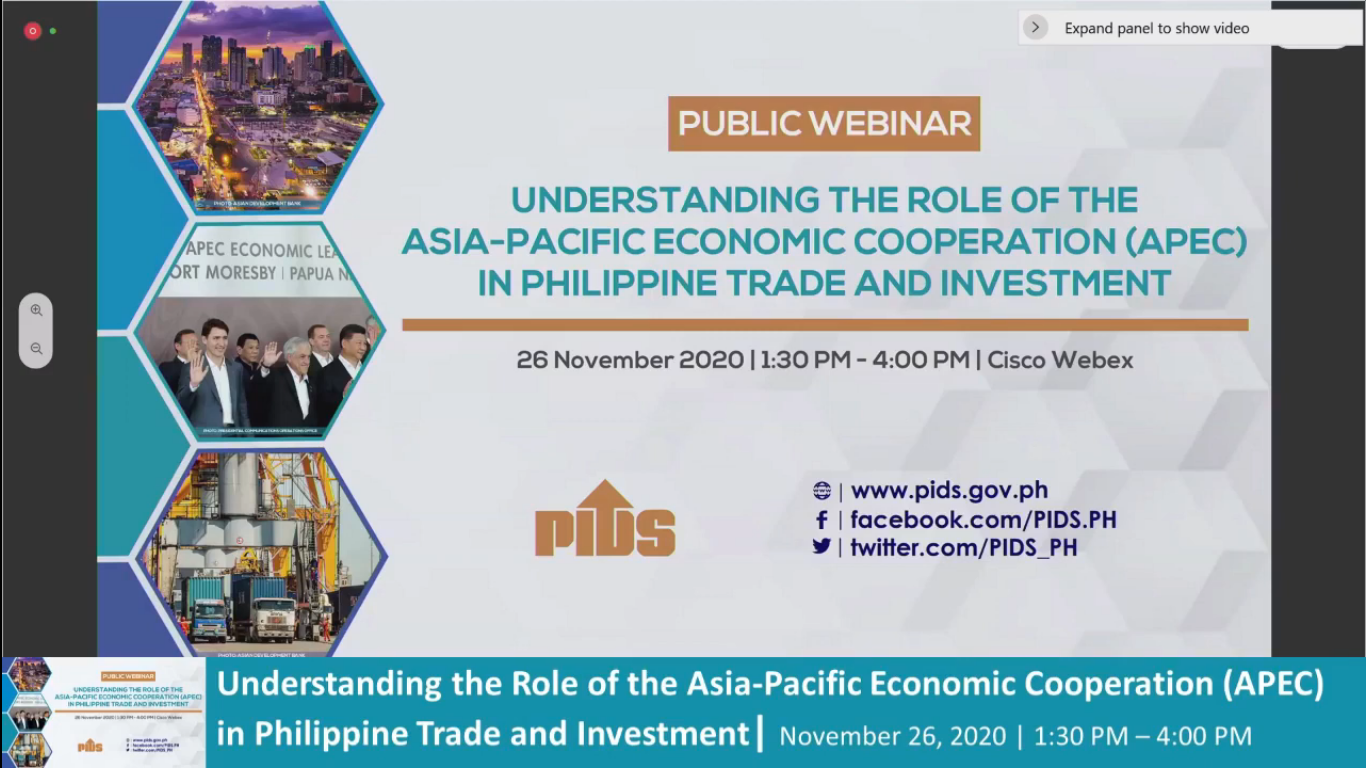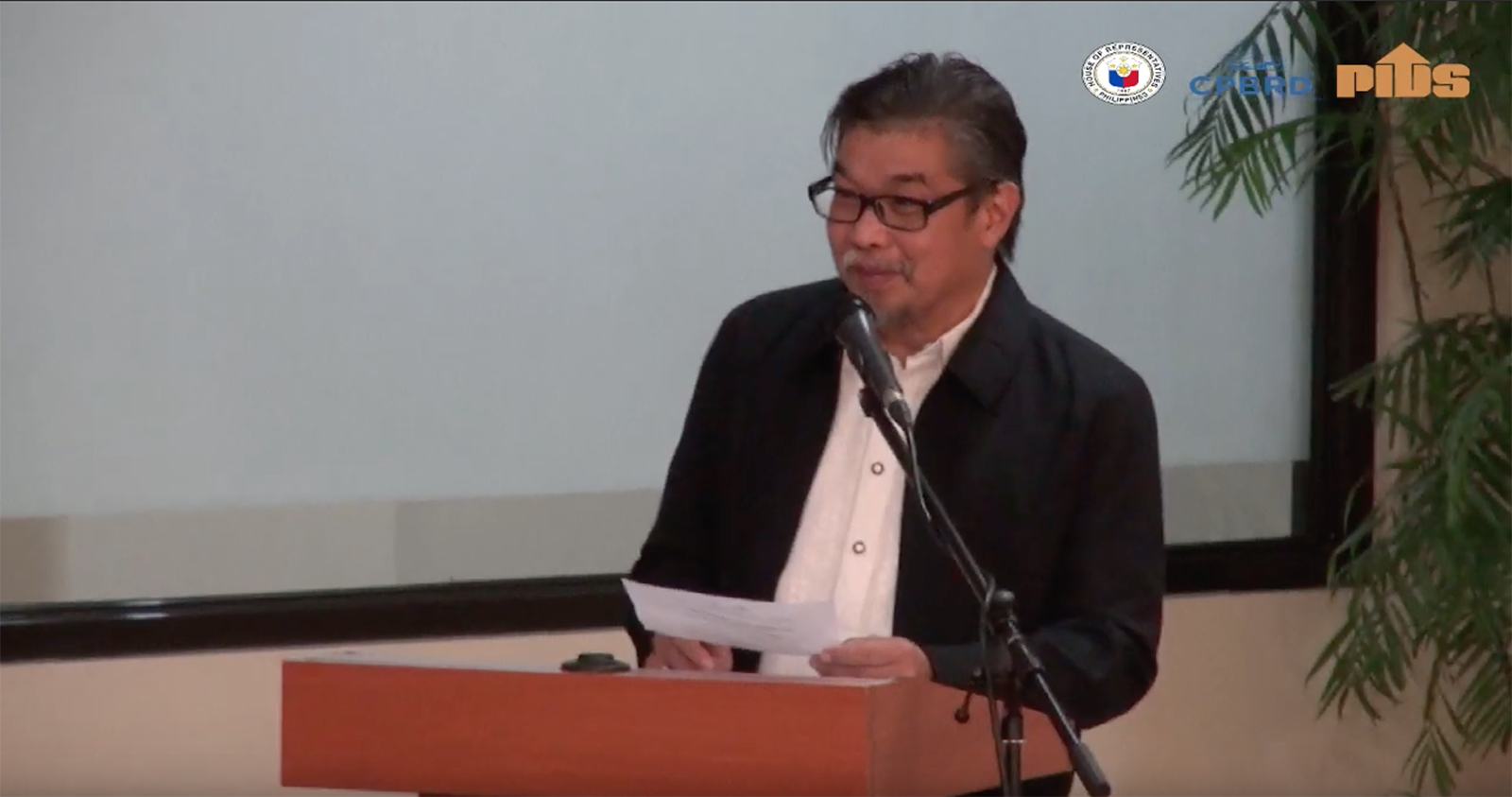We are firm in defending and asserting the rice tariffication reform despite the current transitional problems that it faces in its implementation. The reform will benefit both Filipino rice farmers and Filipino consumers.
First, we present a historical background.
The Philippines, being a member of the World Trade Organization (WTO) since 1995, has to comply with its rules that entail the elimination of trade barriers, nevertheless, the Philippines was granted an exemption from the removal of its quotas on rice importation. This exemption was originally meant to expire in 2004, but was extended until 2014, and further stretched till the passage of the Rice Tariffication Law in early 2019.
The long regime of quantitative restrictions, ostensibly to protect farmers, had severe costs. For one thing, the protection meant that the Philippines had to compromise other sensitive economic sectors by opening them up to more competition. For another thing, quantitative restrictions bred massive corruption, created an ineffective and incompetent import monopoly, and imposed a disincentive on farmers, beset with inefficiencies, to shape up. The government became lax and felt no pressing need to enhance our farmers’ productivity since it relied on the import quota to shield farmers from competition.
Because of the failure of agricultural modernization due to poor institutions and weak policies, including the short-sighted quantitative restrictions on rice, the country’s agricultural production has stagnated. In terms of efficiency and productivity, the Philippines has lagged behind its ASEAN counterparts such as Vietnam and Thailand. Our farmers incur higher costs of production and hence could not compete with the more efficient rice-producing farmers from Vietnam or Thailand. The ultimate effect has been the deterioration of the well-being of our farmers.
Worse, those who suffered the economic burden of the quantitative restrictions were the whole Filipino population (for we are all consumers including the farmers themselves who in the main are net consumers).
A consequence of the import quota was higher food prices. Higher rice prices heavily contributed to over-all inflation. This was most pronounced in the inflation spike in 2018. The main culprit was the surge in rice prices, resulting from the mismanagement of imports that resulted in a rice shortage. Rice makes up for about 10% of the consumer basket. For the poorest Filipinos, rice accounts for about 23% of its total consumption spending.
But the unusual rise in inflation in 2018, which many critics mistakenly blamed on the effects of the comprehensive tax reform package, became an opportunity to introduce a hard reform. The higher-than expected inflation was triggered principally by the unwarranted spike in rice prices, resulting from the mismanagement of imports to meet supply. This forced the hand of government to remove the quantitative restrictions and shift to the tariffication of rice imports.
Tariffication is still a form of protection. The high tariff (35% of declared value) drives up the price of imports and the revenue derived from the tariff is earmarked to benefit farmers. The Rice Tariffication Law’s also provides funding of P10 billion to provide seeds, mechanization, technical assistance, and credit. Any amount above P10 billion that can be generated from the tariff can be used for cash transfers and other forms of financial assistance to the farmers.
In other words, the law still maintains a significant degree of trade protection, but it does not impose the supply bottlenecks and institutional monopolies. Moreover, it has created a significant budget to enhance the productivity and well-being of rice farmers.
What was supposed to be a limited period of quantitative restrictions had a short-term objective of giving time for local rice producers to become more efficient and productive. But after a generation of an import-quota regime, the intended goal of making our rice industry competitive and improving rice farmers’s income has not been realized.
Rice tariffication is thus a most significant reform. However, because the country’s reliance on the quantitative restrictions lasted so long, the farmers face hard adjustments in the early implementation of the reform, the so-called transition pains.
Imports have significantly increased. The country is projected to import about 2.4 million metric tons of rice in 2019. The retail prices of rice have fallen greatly, relative to 2018 prices, and prices are anticipated to go down further. This is good for the consumers, but rice farmers face an enormous challenge.
Two problems have arisen. First, retail prices have not fallen as much as farm-gate prices have. This suggests a role for the Department of Trade and Industry and Philippine Competition Commission to investigate whether there is market power at the wholesale/trader segment. Consumers have not yet realized the full gains of the reform.
Second, the price drop in farm-gate prices has now reached at- or below-cost levels for many rice farmers, and this certainly threatens their livelihood. The Rice Competitiveness Enhancement Program (RCEP) provisions for seeds and mechanization, among others, will benefit farmers by reducing their production costs, increasing their farm yields, and ultimately raising incomes. However, these gains are expected to be realized in the medium term. But the short term is very critical.
Here, we present a proposal to address the immediate problems.
The cash transfer, similar to the 4Ps, with the sole condition being that the beneficiary is a rice farmer, is absolutely necessary. The transfer should give the farmers income relief while the Rice Competitiveness Enhancement Program is still being rolled out. Cash transfers, together with the zero-interest loans that the Department of Agriculture (DA) has introduced, have an immediate, tangible, and direct impact on the farmers.
We estimate that of the two million rice farmers, about 600,000 to 700,000 are vulnerable (are impoverished or at risk of poverty). A cash transfer of P5,000 per farmer per year would cost about P3 billion to P3.5 billion, excluding administrative costs. But we can go farther than that by providing cash transfers to all farmers owning rice land of two hectares and below. They constitute 1.7 million farmers of the Philippine total of two million rice farmers. After all, all small rice farmers need the support to adjusting to the new policy regime.
There is enough fiscal space for a cash transfer of P5,000 for a cropping season (the amount is based on a study done by the Philippine Institute for Development Studies or PIDS) to be given to the 1.7 million rice farmers. This amount per farmer perhaps is quite generous, especially given that there will be other interventions for rice farmers. Hence, the amount can still be reduced reasonably. Be that as it may, the total amount for such unconditional transfer to cover 1.7 million farmers is P8.5 billion. This is a small price to pay for the reform.
The Department of Social Welfare and Development (DSWD) is in the best position to do the transfers. It has the experience and lessons, the logistics and the infrastructure.
The next question is where to get the P8.5 billion. The revenue from tariffication is projected to reach P15 billion, thus freeing P5 billion for cash transfers. Perhaps the remaining P3.5 billion (excluding the administrative costs) can be obtained from the government’s unprogrammed funds?
Simultaneous with this, funds for seeds, credit, and mechanization should be disbursed soonest. Planting season has begun.
Admittedly, the law’s current formulation is rigid. While financial assistance can be funded, it is conditioned on tariff collections exceeding P10 billion. As it stands, collections are projected to reach P15 billion and Congress ought to consider advancing these funds towards the rice farmers in need.
Another task is to update the existing registry and targeting systems such as the DA’s Registry System for Basic Sectors in Agriculture or RSBSA and the DSWD’s Listahanan.
We also welcome the DA’s introduction of no-interest loans amounting to P15,000 for every farmer and payable in eight years. It is a form of cash transfer. Farmers can repay these loans, given the long period of repayment and given a well-designed system of monitoring and enforcement.
On top of this, the National Food Authority (NFA) should aggressively buy rice from local producers, especially in the areas with depressed prices. Such buying can influence higher prices towards alleviating the impact on farmers of low palay prices. The NFA, too, must be quick in disposing older stock, even at a cheap price to supplement their aggressive buying. This will not only result in freeing space for NFA to buy more local rice, but will also benefit consumers through lower prices of rice. Local government units and other government agencies must likewise be involved in buying local rice for their constituents to contribute to the over-all effort.
Rice tariffication is ultimately to the benefit of the whole people, but we must act quickly to safeguard the welfare of Filipino rice farmers.











